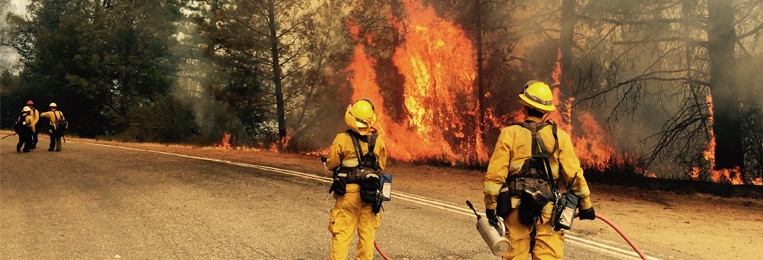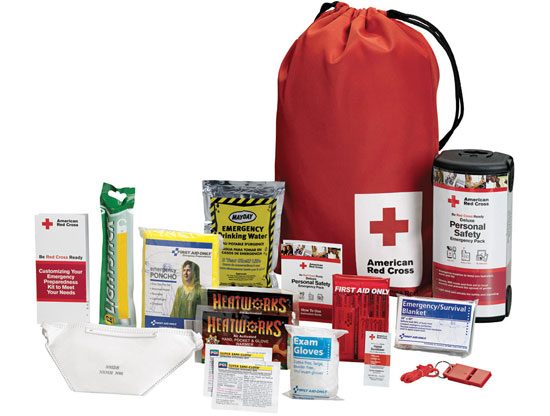Be Prepared – What to Do in Case of Wildfire
Posted by Extreme Tactical Dynamics on Jun 29th 2019
Wildfires can happen anywhere at any time. In a matter of hours or days, a wildfire can grow strong enough to destroy homes, infrastructures, businesses, natural resources, and agriculture in a single community. During a wildfire, communities are at risk of serious injury or even death. The best way to survive a wildfire is to be prepared for one.

This is especially important for those living in the wildland urban interface, the businesses and homes near areas susceptible to wildfires. Here are some tips that’ll help you move quickly and be prepared in the event of a wildlife.
Know When Wildfires Could Occur
Everyone knows wildfires are unwanted and unplanned. A wildfire could occur at any time, but is most likely to happen when there’s been little to no rainfall. If there has been no rain in your area in a specific period of time, it’s a great opportunity to remind yourself and your family of any evacuation plans you may have. It’s also time to double check evacuation bags, make sure you have gas in the car, and be prepared to leave your home in a hurry if you need too.
Understand the Emergency Notification Systems in Your Area
In the southeast, residents understand hurricanes are a risk. The same goes for the Midwest that is prone to tornadoes. In each of these areas, the radio and television alerts residents to hurricane warning, tornado watches, and other factors that put life and structure at risk.
In areas where a wildfire is a risk, there is a fire emergency notification system in place. This system consists of science-based predictions that are intended to provide ample time for evacuation. For example, a fire weather watch means there are potentially dangerous conditions for the next 12 to 72 hours.
A fire weather warning, also known as a red flag warning, is put in place when a fire danger exists because weather patterns would be supportive to a wildfire. The general cautionary timeline for a red flag warning is 24 hours.
Areas that don’t use fire emergency notifications may use the National Fire Danger Rating System. With this system, a daily estimate is determined for each day. Danger ratings vary from low to extreme.
Create an Emergency Checklist
Every house or business should also have an emergency checklist. The list should include anything that needs to be taken with them in case of immediate evacuation. Remember packing and grabbing items from a home before evacuation should only be done if time allows.
 Pack an Evacuation Supply Kit
Pack an Evacuation Supply Kit
If you live in the wildland urban interface or anywhere under risk of wildfires, you should have a supply kit packed and ready to go at a moment’s notice. In your supply kit, you should have at least a few days’ worth of essentials for your entire family.
Don’t forget to add provisions for your animals too. You should also include a copy of important phone numbers, prescriptions, and survivalist supplies in the to-go kit.
Wear Appropriate Clothing
If you’re getting ready to evacuate in case of a wildland fire, you need to wear the right clothing to protect yourself. To protect against embers, heat, smoke, and flames, you should wear protective clothing to keep yourself safe. Common evacuation clothing should include:
- Cotton, long-sleeve shirt
- Long pants
- Heavy shoes
- Boots
- Cap
- Goggles or glasses
- Bandana to cover face
Time and time again wildfire survivors have accredited their survival to being prepared. Being ready, knowing the evacuation plan, and following through with it are the best ways to stay safe.
Related Posts
- Can Civilians Use Police Flashing Lights?
- What Volunteer Firefighters Need to Know Before Buying LED Emergency Lights
- What’s it like to be a Volunteer Firefighter?
- Drones allow Firefighters to train better and save lives faster
- FIRST RESPONDERS AND KIDS at the HOLIDAY SEASON
- Blazing Infernos – California, Oct. 2017
 Facebook
Twitter
Google+
Instagram
YouTube
Facebook
Twitter
Google+
Instagram
YouTube

